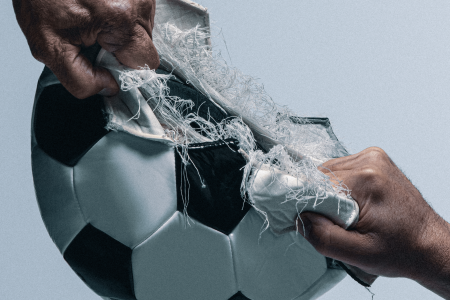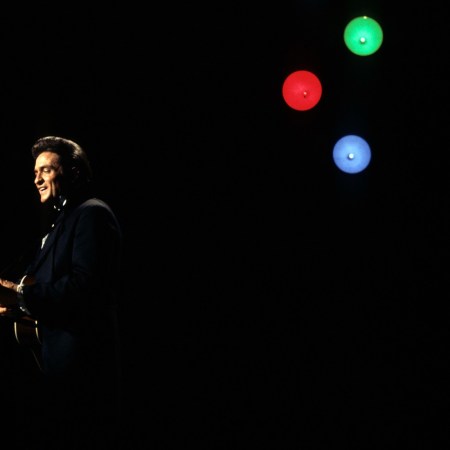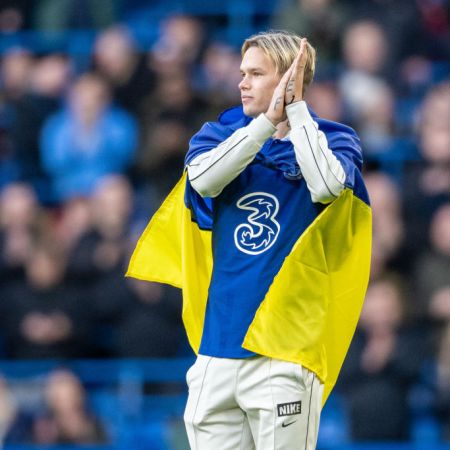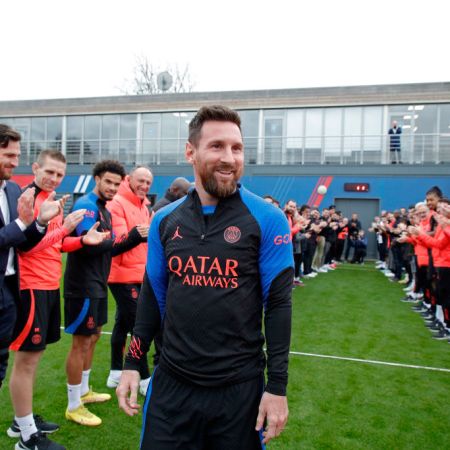About 15 years ago, long before I personally became obsessed with soccer while writing an article about the primary fan group behind MLS’s Columbus Crew, I asked a British friend who pulls for the Premier League team Everton why he thought the sport he calls “football” hadn’t totally caught on in the United States.
Over a pint at a pub, he said, “Because the quality of play here is nowhere near as good as it is abroad.”
I couldn’t disagree with him then because I didn’t know any better. Today, after following the MLS season last year through its thrilling final, and then locking into the World Cup before watching dozens of Premier League and La Liga matches the past two months…I still can’t disagree with him. (Neither with him, nor the many others who’ve speculated the same.) Once you compare, it’s only too easy to recognize the vast talent disparity between MLS starting XIs — as soccer lineups are called — and those participating in contests overseas. But soccer stakeholders in North America are working to bridge that gulf as best they can, and may have just hit another milestone on their journey.
Last week, a few days before the 2023 MLS season kicked off, our domestic league and Adidas agreed to extend their partnership, a pact that now runs through 2030 and is valued at $830 million, per CNBC. The deal represents the largest investment the sportswear giant has ever made into North American soccer. Adidas will continue to supply MLS, which boasts teams in the U.S. and Canada, with branded apparel, footwear, training gear and official match balls.
Inside the Shocking Rise and Sudden Fall of the Super League
Director Jeff Zimbalist’s docuseries “Super League: The War for Football” is out on Apple TV+The extension also comes in the wake of Apple TV’s launch of the MLS Season Pass, an Apple TV+ subscription add-on that allows users to stream every MLS game. The 10-year price tag for those game rights, paid by Apple? $2.5 billion, per The Athletic.
“We have sponsorship revenue of nearly a billion dollars over a period of time, lots of ticket revenue, lots of local sponsorship, getting the largest company in the world to give us the first global digital partnership — every game on a device,” MLS Commissioner Don Garber told CNBC. “So that’s the pitch deck and obviously when you got a partnership like this it takes that to another level.”
Look for MLS players to go up a level, too, which will only continue a trend. Sixteen of the top 25 most-expensive incoming transfers in MLS history — that’s international players purchased by clubs in the league — have been made since the start of 2019, per TransferMarkt. Even in the face of a global pandemic that canceled games and then relegated most fans to their couches across one recent season, and later limited ticket revenue in another, MLS franchises still went out and spent to improve rosters.
If the main thing holding back soccer from competing with the other professional team sports in North America — including our “football” — is the lack of talented players lacing up soccer cleats, maybe soon soccer will have a fighting chance. The fattening wallets of team owners certainly won’t hurt, as they invest in quality on the pitch with the hopes of attracting more fans.
And with the World Cup coming to North America three years from now, maybe more kids watching an improved U.S. Men’s National Team — a young squad that already impressed in Qatar a few months ago — will ask their parents to buy some Adidas cleats, instead of some Nike LeBrons.
Thanks for reading InsideHook. Sign up for our daily newsletter and be in the know.


















